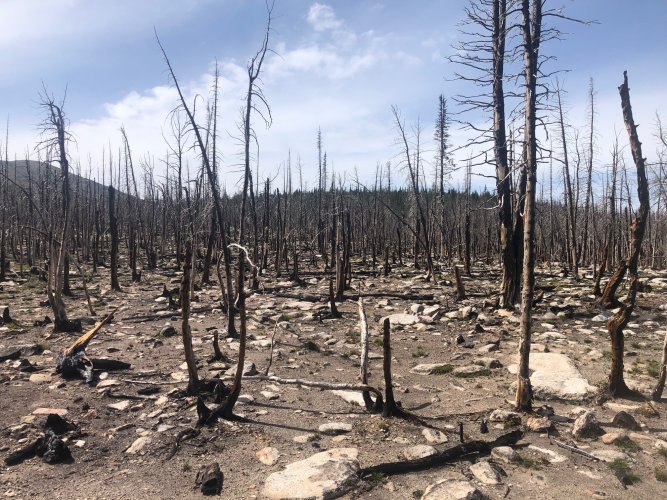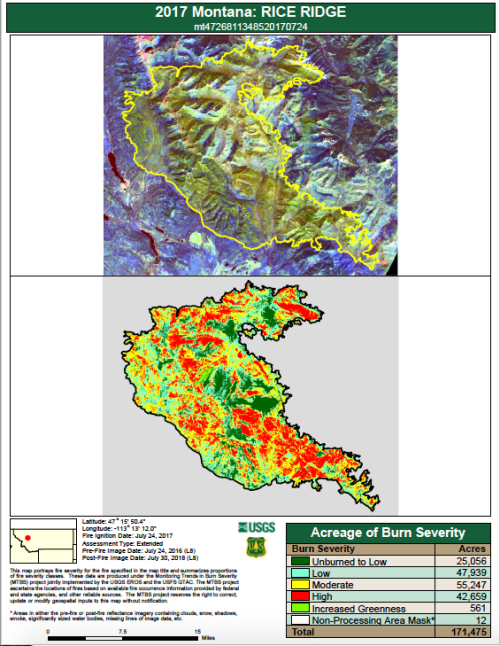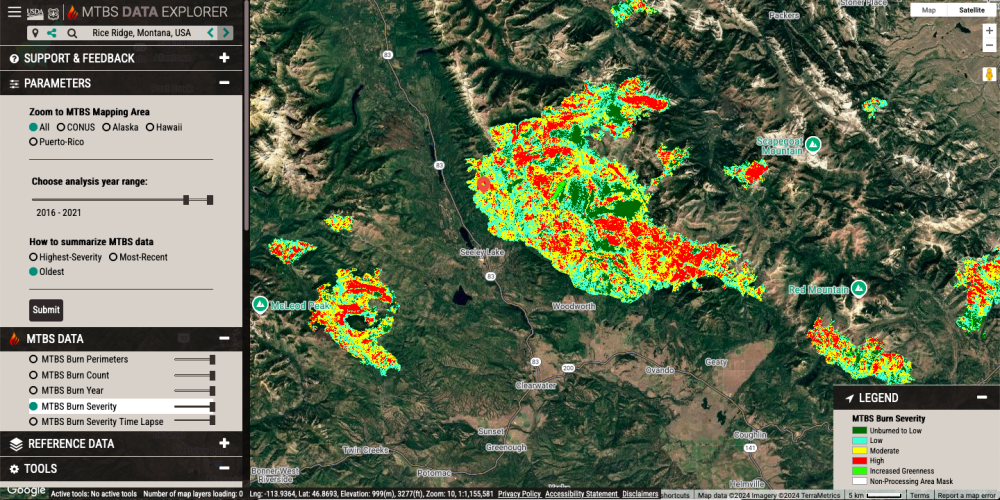2rocky
Well-known member
- Joined
- Jul 23, 2010
- Messages
- 5,202
I'm watching fires in several states this year and I'm wondering what the best way is to research how they recover from an elk hunting standpoint. I can't go personally check out the landscape in each one, but my gut tells me that in 5 years or less these burns may hold elk.
Is there a sweet spot in burn age between lush grass growth and pickup stick deadfall and head high brush? Is there a time point in recovery where you know if the fire was too hot and sterilized the soil?
Is there a sweet spot in burn age between lush grass growth and pickup stick deadfall and head high brush? Is there a time point in recovery where you know if the fire was too hot and sterilized the soil?







